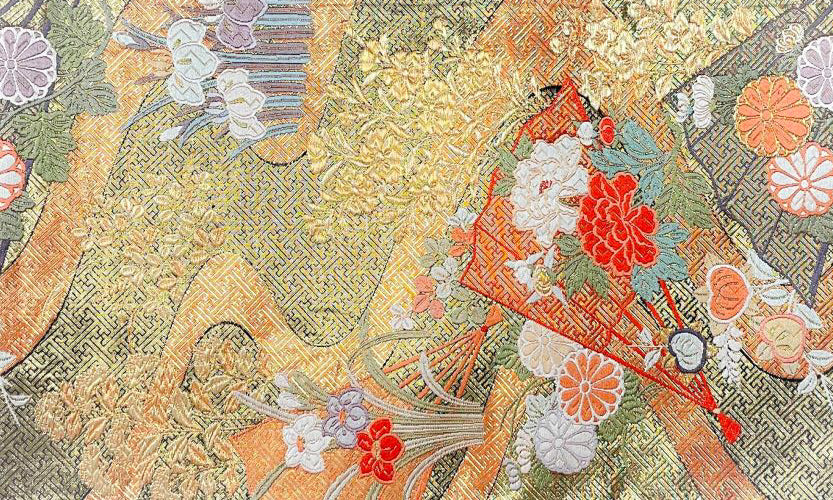この帯に描かれている柄・文様
Japanese patterns and motifs used in this obi
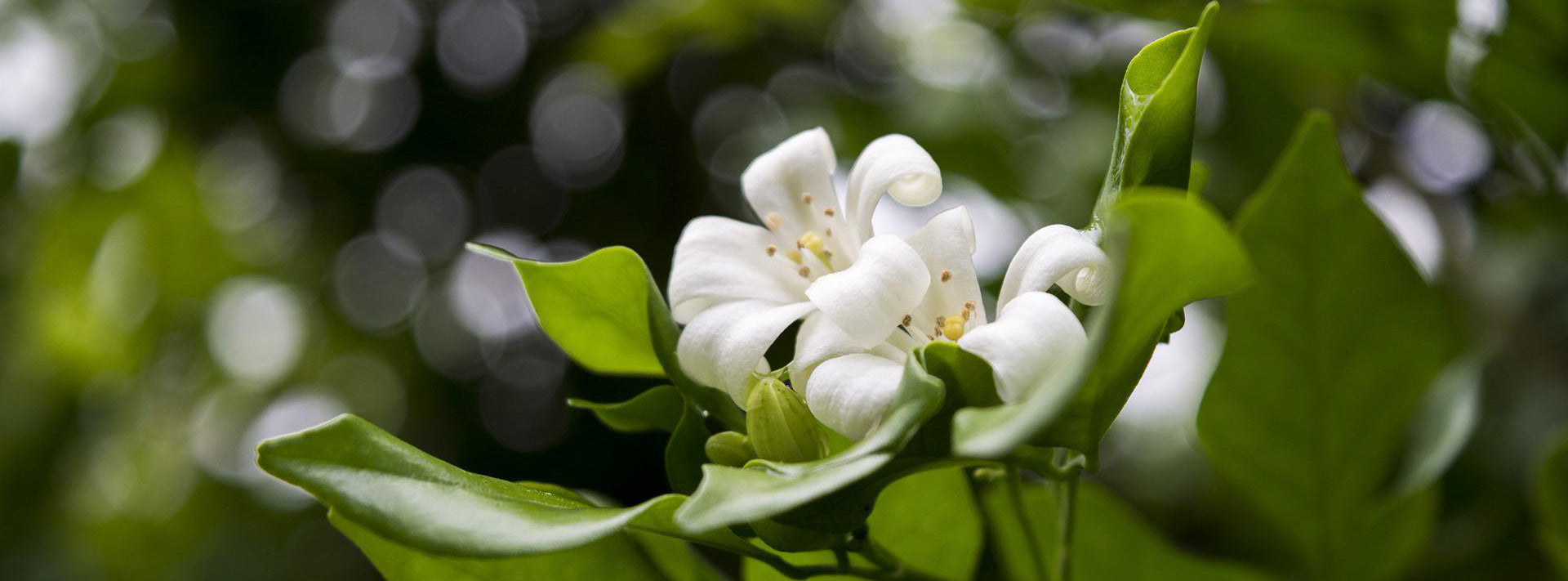
橘
Mandarin orange blossom
Tachibana in ancient Japan is mandarin orange. Tachibana has been believed to have longevity and a healthy child...
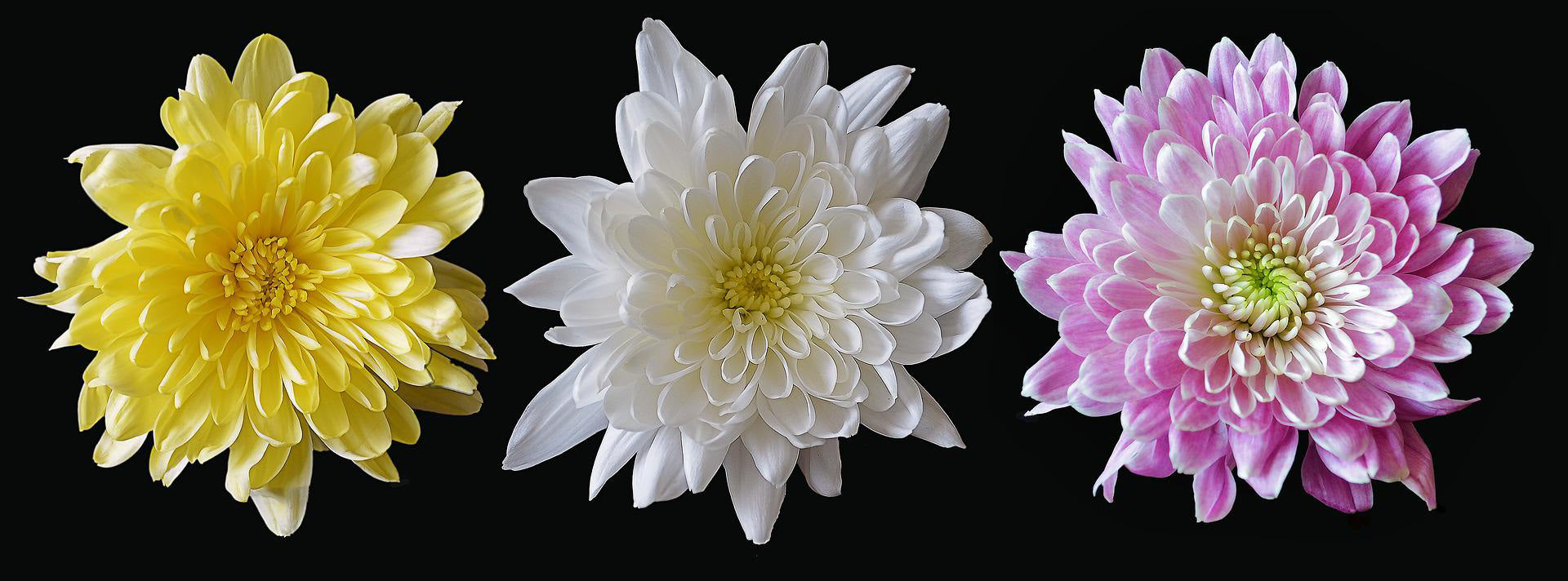
菊
Chrysanthemum
Introduced from China from the Nara period to the Heian period. A typical plant that symbolizes longevity based on traditional Japanese play “Noh”. In fact...
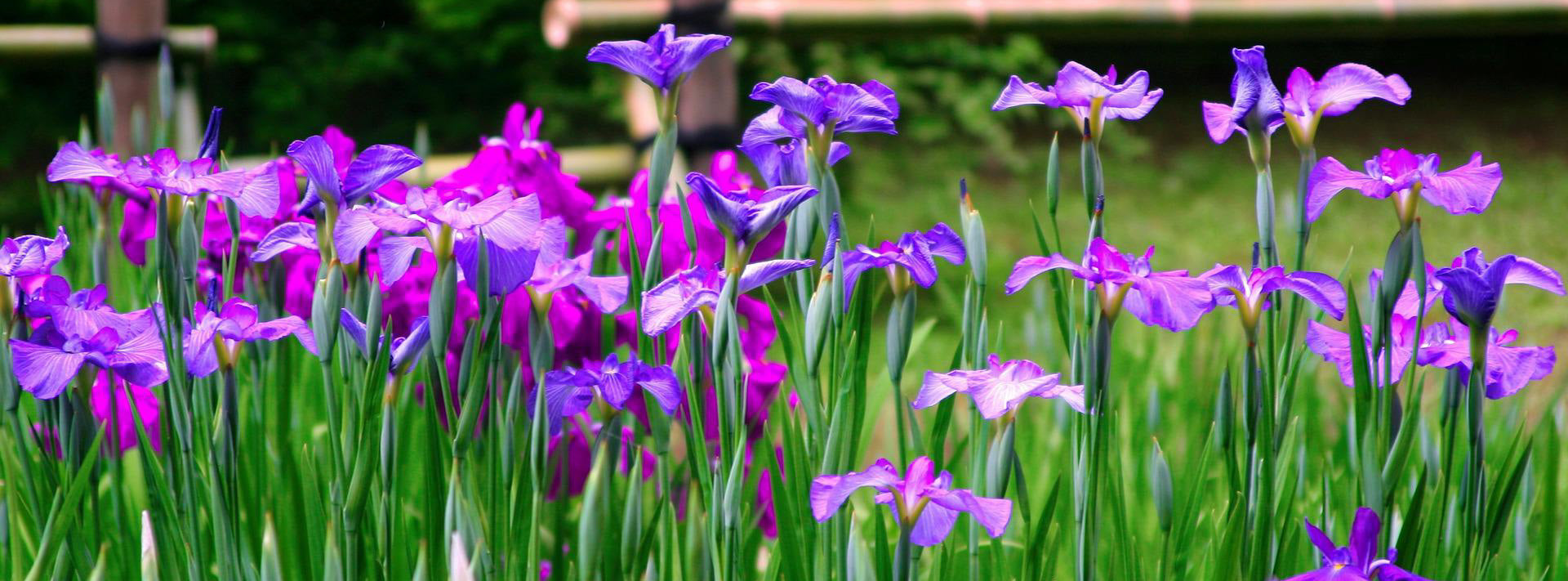
菖蒲
Iris
They grow on the edge of ponds and rivers. Very similar to Kakitsubata iris, but the base of the petals is yellow. They are fragrant and are said to dispel evil spirits.
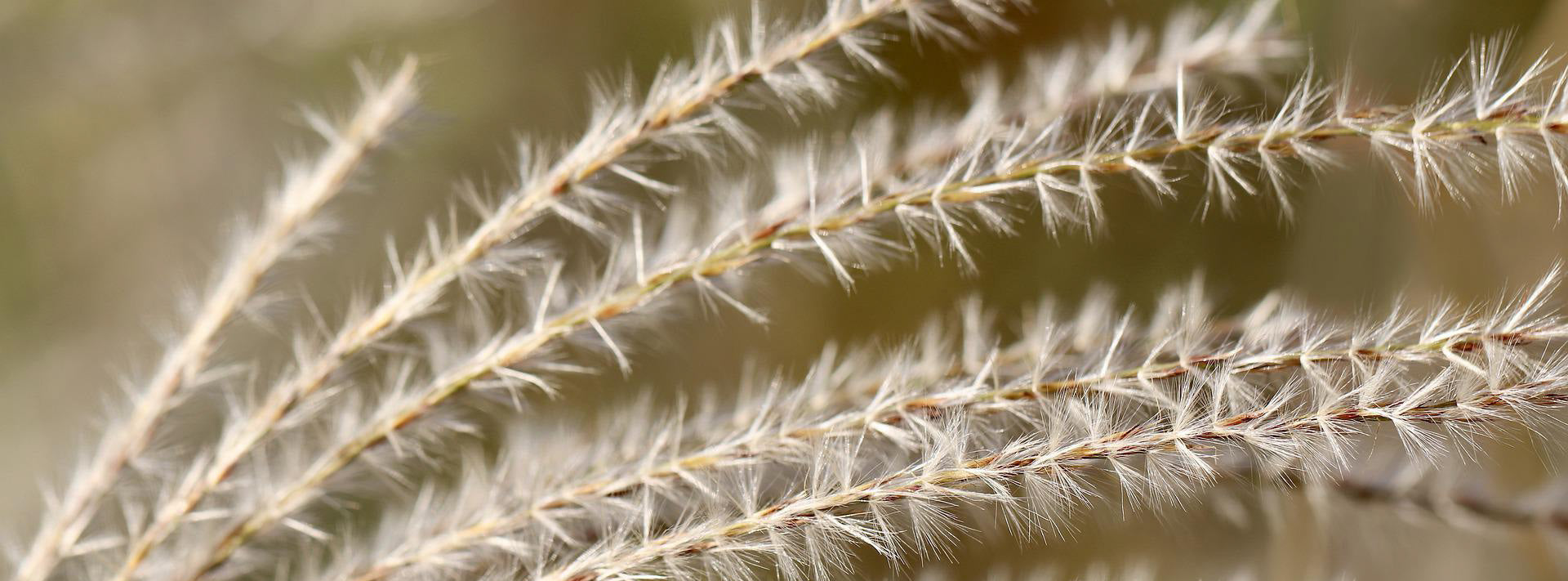
秋草花
Autumn flowers and plants
The appearance of Akikusa blooming close to each other has a pleasant feeling, and it is a pattern unique to Japan which makes you feel the fragility of changing times and the impermanence of life...
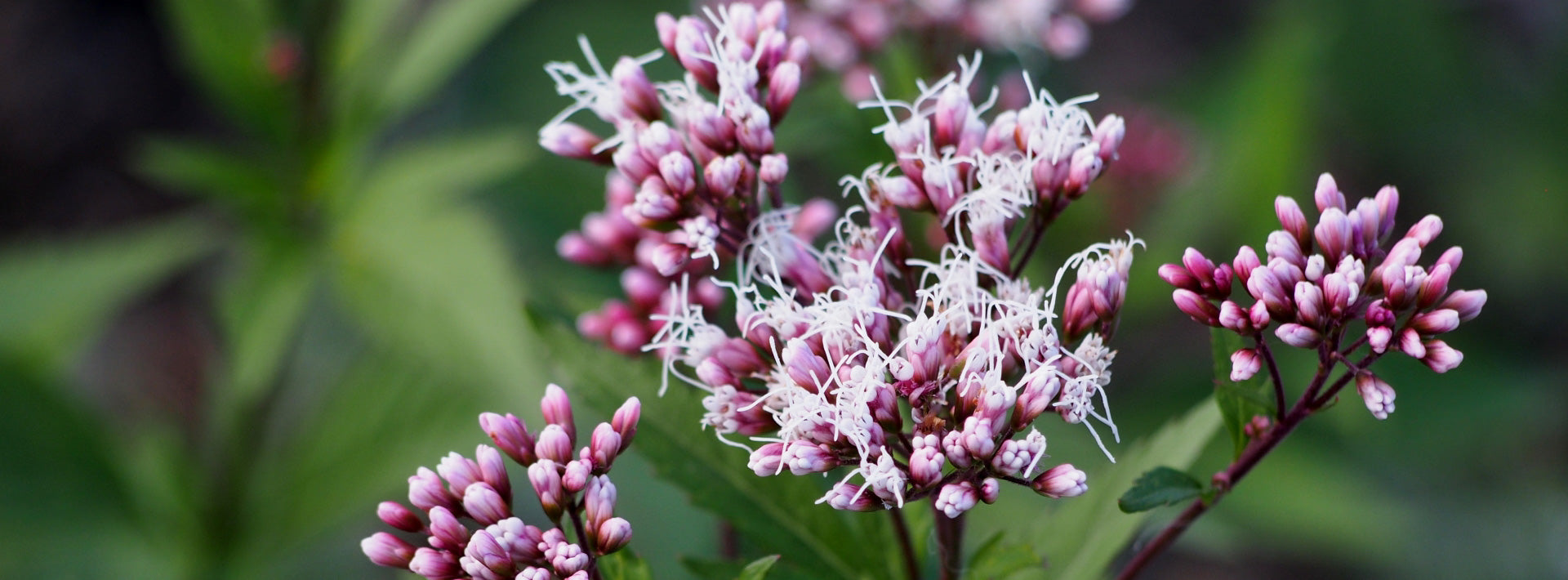
四季の花
Flowers in four season
In Japan, where the four seasons are clear, there are flowers that are suitable for each season. Showing a sense of the season in kimono is considered fashionable and high sense...
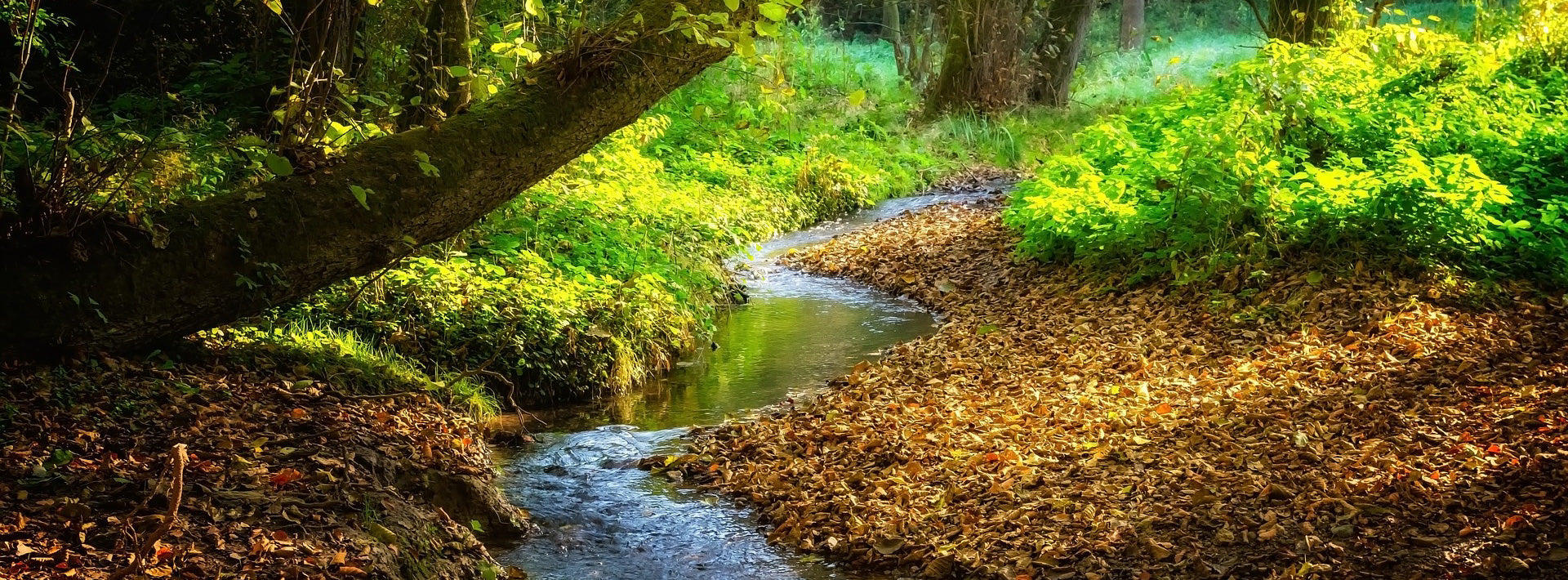
流水
Running water
The pattern of running water has been variously expressed as an eternal form. Since water is the source of life, the movement of water running into the ocean represents life in ancient days...

紗綾形
The Svastika
A continuous pattern made by breaking the swastika character "卍". This textile was introduced from China during the Momoyama period...

